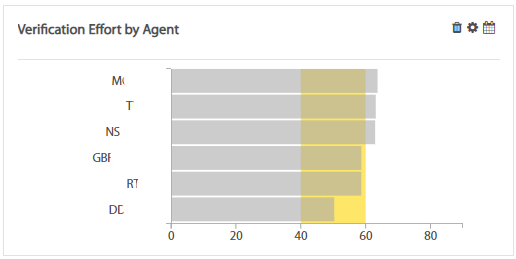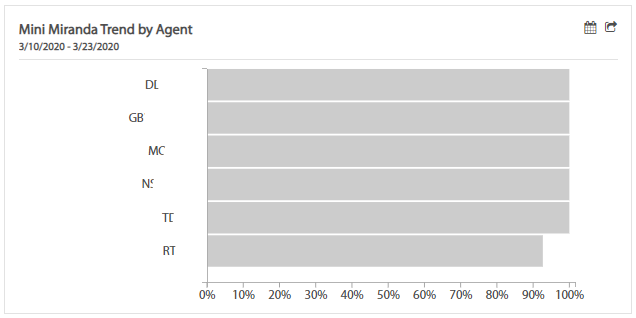May you live in interesting times…
A few short weeks ago, everything was business as usual. Traffic was brutal, the lines at Kroger were normal, and the availability of paper products wasn’t even the slightest concern.
Add a global pandemic into the equation…Grocery stores look like Black Friday every day, toilet paper is worth more per ounce than gold, and traffic is non-existent because many offices have shifted their employees to work from home.
The transition to work from home has presented many business leaders with realistic concerns. It is difficult enough to manage staff when they are in close proximity, but now? Pivoting to a work from home environment is a daunting task, whether you have 5, 500, or 5000 employees.
Nowhere is this more applicable than in the contact center space. We are accustomed to having leadership staff always near our customer-facing agents. For the foreseeable future, that isn’t the case and this is causing serious frustration for business owners.
We see speech analytics as a Swiss Army knife for managing customer interactions. Most, if not all problems with our interactions can be improved by using speech analytics. The transition to work from home is no different.
Below are the three of the biggest operational concerns for decision-makers, and thoughts on how speech analytics can help.
- Maintaining oversight – speech analytics allows for real-time (or near real-time) oversight of your customer-facing staff. Calls are analyzed and made readily available to management staff for review. Curating calls allows us to build triage processes for issue mitigation (coronavirus mentions anyone?), customer escalations, etc. Behavioral models can provide insight into agent effort, script and call flow adherence, and customer experience.

Information gathering behavior comparative. Agent names redacted.
- Measuring efficiency – ensuring our contact center staff are engaged and efficient is key to maintaining our customer relationships (and the revenue they provide) in this unprecedented situation. Speech analytics allows insights into key metrics like AHT/duration, after call work time (ACW), long holds, and silence percentages. Along with those metrics, it also allows analysts to uncover the drivers (the “why”) behind each of those metrics.

Agent efficiency trend. Opportunity on 2/18 for review/improvement.
- Providing consistent feedback – Distance may make the heart grow fonder, but it doesn’t help with feedback loops. Providing consistent, clear feedback is a problem for many organizations already, and the shift to work from home only compounds the issue. Speech analytics allows leaders to aggregate behavioral and efficiency data, and visualize it in dashboards, scorecards, and trend reports. These can be shared with agents, along with specific feedback from our call curation efforts, thus tightening the feedback loop.

Disclosure comparison. Bottom agent has significant opportunity (and increased risk)
Unique problems require unique solutions. Proximity was never an issue before the COVID-19 outbreak, but it will change the way we look at work from home forever. This presents complex issues, and speech analytics can be the multi-tool your business needs to effectively manage at a distance.

